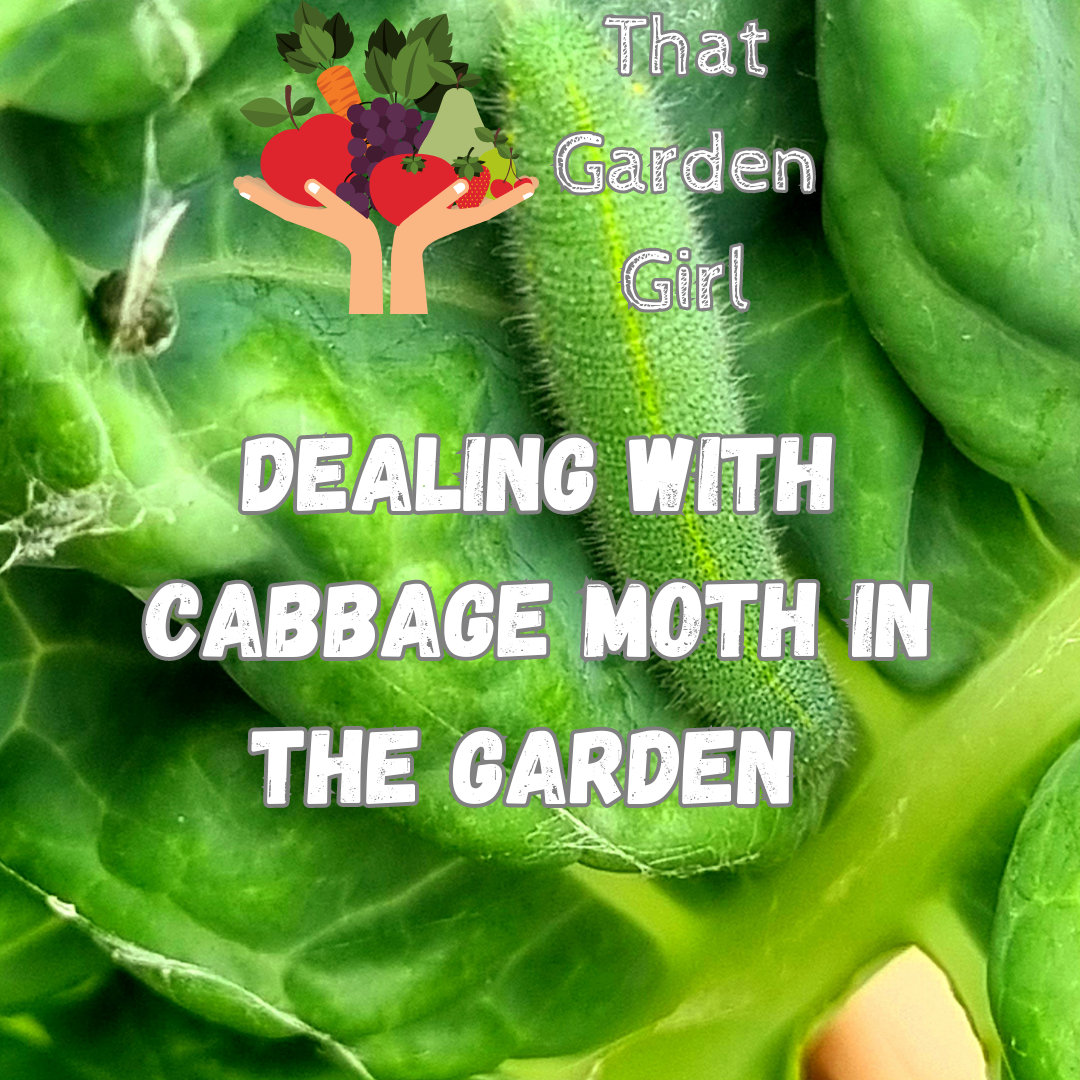The dreaded cabbage moth caterpillar is the bane of every veggie gardener. Its ability to eat way beyond its tiny size creating holes and vanishing entire leaves overnight can be devastating!
We tend to see more of these camouflaged creatures in the garden during the cooler month’s bingeing on your brassica leaves and anything else in its way!
It’s ability to blend into your brassicas etc without being seen is truly their superpower!
I know you want the silver bullet solution but honestly there isn’t one!
Here are a few ways to keep these glutinous pests at bay in the garden
REMEMBER in the organic garden if you want to stay on top of pests it really is an ONGOING job that needs attention!
Here’s some strategies….
🐛NETTING
Cover your crops with netting. If you have veggie pods then perfect their lids will really help. If you don’t, pest covers are a great way to reduce the threat of pests. They are pretty easy to purchase online or in nurseries BUT don’t be afraid to improvise your own up with shade cloth or old window screen mesh.
🐛SPRAYS
The most common thing people want to reach for is some kind of spray…. And there are many out there, some more organic than others.
One important tip to remember when using sprays is that any spray will require an ongoing program in order to affect the life cycle of pests. Don’t spray once and think that’s going to work, it takes time.
Pyrethrum is a common ingredient used in natural sprays which can work well but bare in mind that it can also kill beneficial bugs and insects in the garden too, which can be counterproductive if your trying to create a garden ecosystem that can in some ways nuatrally fight of pests.
Dipel spray is a common organic and safe spray which works as a toxin killing the caterpillars that ingest leaves treated with it. Dipel is made using a bacterium called bacillus thuringiensis.
Reasons to like this type of commercial spray is…
It is selective & only kills leaf eating caterpillars.
Harmless is birds & wildlife
No withholding period when it comes to ingesting food sprayed with it.
Homemade recipes
If you’re looking for a solution that doesn’t contain any chemicals then there are homemade recipes that may just do the trick for you.
Mixing equal quantities of white flour & water to form a paste and then diluting it further with water and then sprayed on leaves can suffocate caterpillars in their tracks…but again this isn’t selective and other beneficial insects may be affected.
Garlic/chilli solution can help. Steep garlic & chilli in boiling water overnight. Drain & add a few drops of soap to water. This spray can help with deterring cabbage moth.
Neem oil can be a useful product to use to prevent cabbage moths but unfortunately if you have an infestation it’s not going to kill them for you.
🐛COMPANION PLANTING
Companion planting can help deter cabbage moth effectively. Plants such as dil, onion, garlic, lavender, oregano & thyme make useful companion plants for this reason.
🐛MANUAL REMOVAL
A favourite and the most effective solution for me is simply daily removal by hand. I’ll check brassicas daily and get rid of any caterpillars.
🐛CREATE MOTH DECOYS
In much the same way that a scarecrow can keep birds at bay creating moth-like decoys around the garden can keep cabbage moths at bay. They are territorial and will not usually want to lay eggs where they think other cabbage moths are laying their eggs.
🐛 White bread tags attached to brassica leaves
🐛Recycle white shopping bags by cutting and shaping pieces to look like a bow and attaching to small stakes around brassicas
🐛Moth decoys can also be purchase online
The biggest advice I have is to check on your plants regularly!


0 Comments